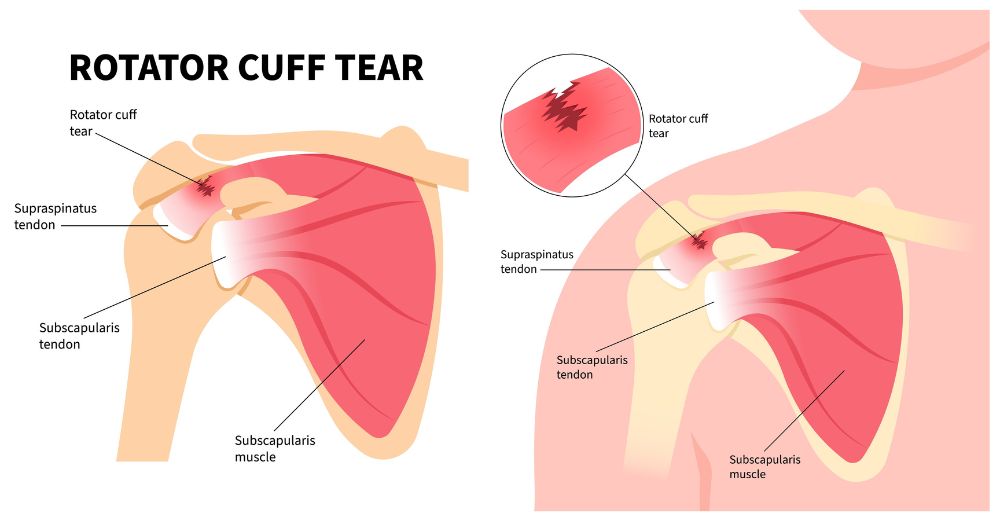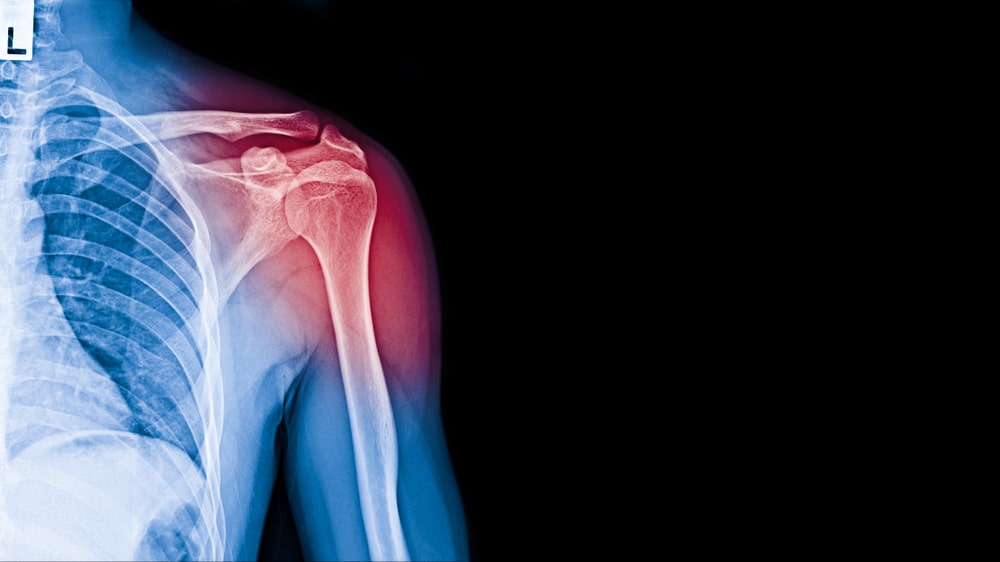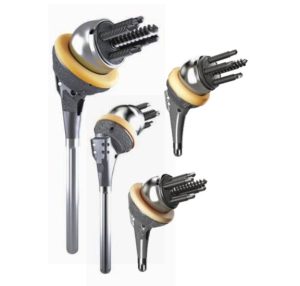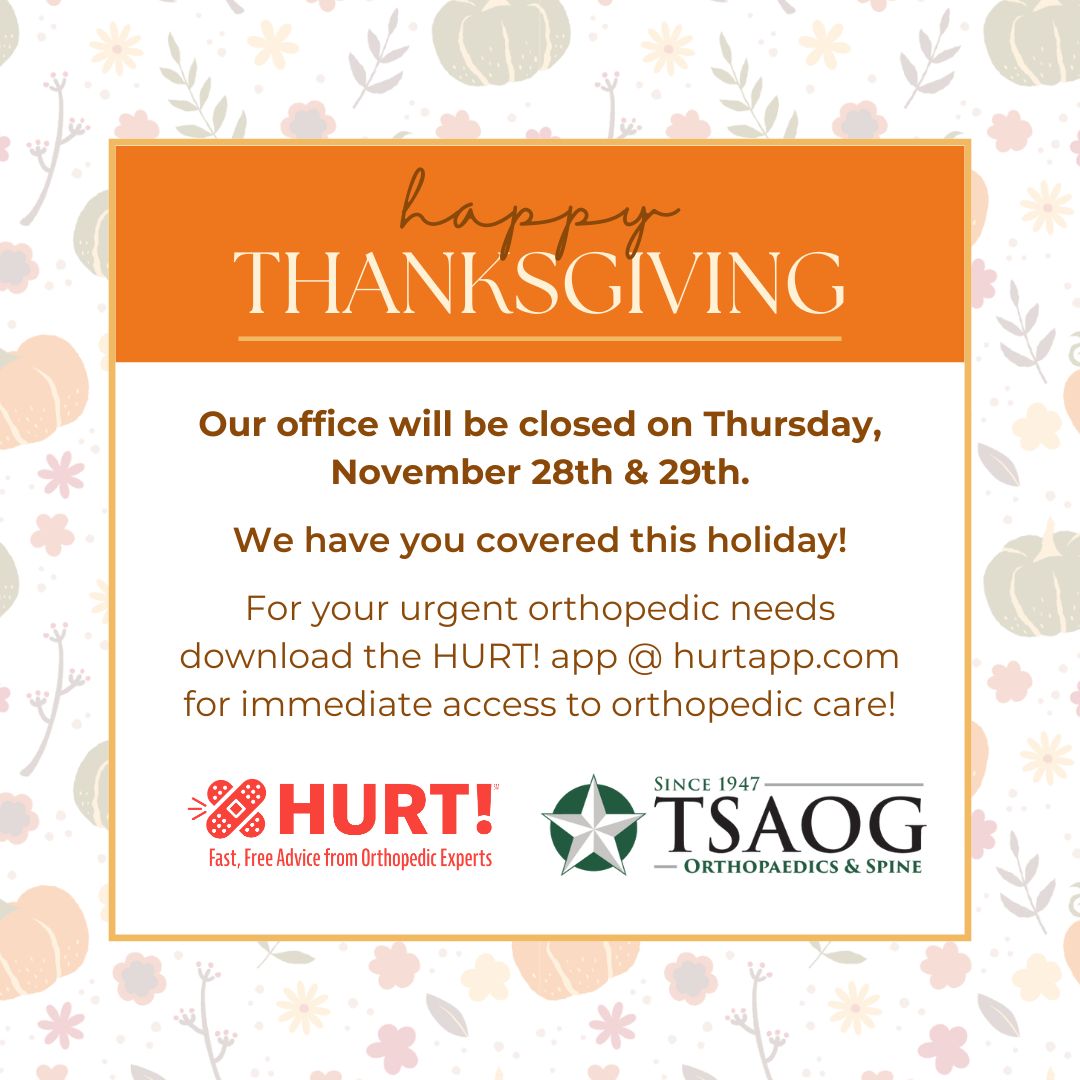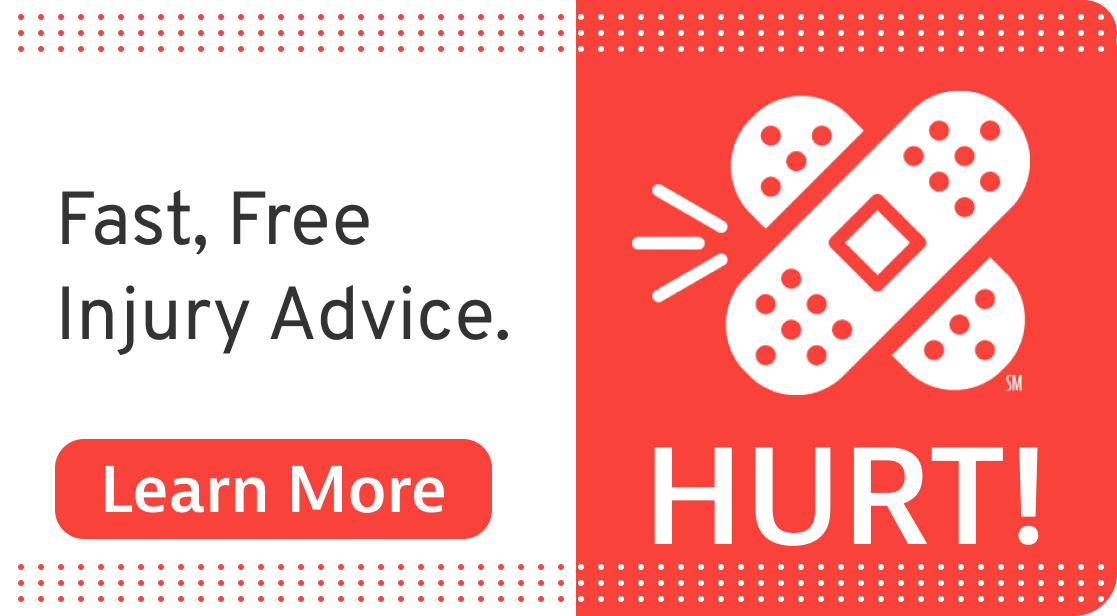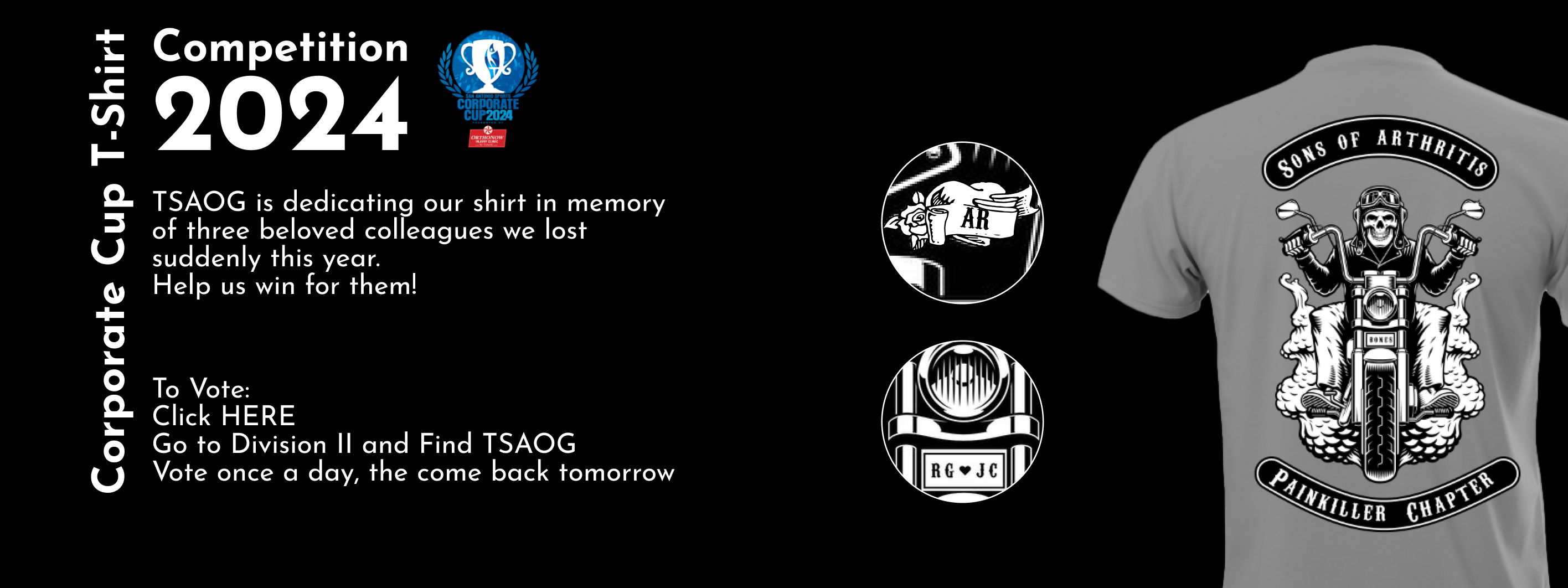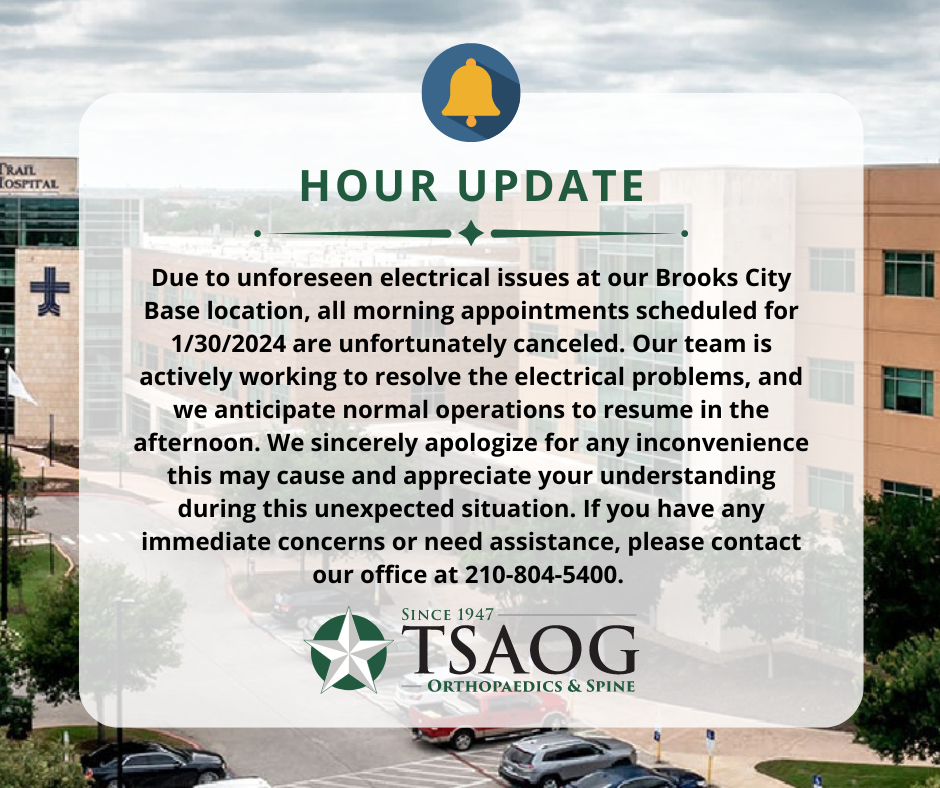Reviewed by Cory J. Moczygemb, D.P.M | Podiatrist in San Antonio
Finding the right shoes is an investment in your long-term health and mobility. Proper footwear plays a crucial role in preventing injuries and maintaining good posture. Our team at TSAOG Orthopaedics offers specialized podiatry care and comprehensive orthopedic services to help you make the best choices for your feet. Let’s discuss how to select shoes that will keep you moving comfortably and confidently.
Why is Finding The Best Shoes For Your Feet Important?
Supporting Proper Alignment
First, proper footwear provides essential support for your entire body’s alignment. Your feet form the foundation of your posture, and ill-fitting shoes can create a cascade of issues affecting your ankles, knees, hips, and even your back. When shoes properly support your arch and evenly distribute weight, they help maintain proper biomechanics.
Preventing Common Foot Problems
The right shoes also prevent common foot problems. Too tight shoes can exacerbate bunions, corns, and ingrown toenails, while shoes without adequate cushioning and support can lead to plantar fasciitis and heel pain. Proper shock absorption becomes especially crucial in preventing fatigue and discomfort for people who spend long hours standing or walking.
Prevent Injuries
Athletic performance and injury prevention also depend heavily on appropriate footwear. Different activities put distinct stresses on your feet – running shoes need different features than basketball shoes or hiking boots. The right shoes can enhance performance while reducing the risk of sprains, strains, and stress fractures.
Care for Medical Conditions
Additionally, proper footwear becomes even more critical for people with specific foot conditions or medical issues like diabetes. Diabetic individuals need shoes that prevent pressure points and provide adequate room to avoid serious complications like wounds or infections.
Choosing the Best Shoes for Your Feet
Get Measured Properly
Have both feet measured late in the day when they’re slightly swollen. Many people have one foot slightly larger than the other – always fit to the larger foot. Remember that foot size can change over time due to aging, weight changes, or pregnancy.
Consider Your Foot Type and Gait
Know your arch type (high, neutral, or low) and how you walk. If you’re unsure, look at the wear pattern on your current shoes – uneven wear can indicate pronation issues that need specific support. Shoes have varying types of support from stable neutral to max support along the arch. Shoes have varying foams that are designed to alleviate pressure in certain areas and offer biomechanical support.
Match Shoes to Activity
Different activities require different support. Running shoes need more cushioning in specific areas than walking shoes. Tennis shoes and basketball shoes are designed to offer support for side to side movement. Cross-training shoes offer all-around support for gym activities. Hiking boots need ankle support and durability.
Try Shoes On Properly
- Go try on shoes! Online shopping is great once you find the proper shoe, but we strongly recommend trying on shoes as they vary greatly
- Wear the type of socks you’ll typically use with the shoes
- Walk around for several minutes in the store
- Make sure there’s about a thumb’s width of space between your longest toe and the shoe tip
- Check that your heel doesn’t slip and the widest part of your foot aligns with the widest part of the shoe
- Try shoes on in the afternoon when feet are naturally more swollen
Key Features to Check
- Adequate toe box width to prevent pinching
- Good arch support that matches your foot type
- Flexibility in the right places (shoes should bend at the ball of the foot)
- Proper cushioning for your intended activity
- Breathable materials for foot health
- Secure heel counter that prevents slipping
Special Considerations
If you have specific foot conditions (bunions, plantar fasciitis, diabetes), consult with a podiatrist for personalized recommendations. You might need special features like extra depth, specific support areas, or custom orthotics.
Quality and Construction
Examine the shoe’s construction—good stitching, solid heel counter, and quality materials. While quality shoes might cost more initially, they often provide better support and last longer, making them a better investment in foot health.
Break-in Period
Shoes should feel great while trying them on in the store. It is not uncommon to experience mild soreness in your arch or lower leg as you break in shoes. Give new shoes or orthotics a proper break-in period by wearing them for short periods initially and gradually increasing duration. There are modifications that can be made to shoes with lacing patterns to alleviate pressure in certain areas as shoes are broken in. Allowing yourself time to get used to new shoes is particularly important if you are transitioning into shoes with a lower heel-to-toe drop or a different level of motion control. When in doubt, consult a podiatrist.
Shop Podiatrist-Recommended Shoes
Finding the right shoes is easier with expert guidance. Visit our Amazon Storefront to explore podiatrist-approved footwear designed for comfort, support, and foot health. Each pair is carefully selected to promote proper alignment and prevent common foot issues.Get
Expert Shoe Advice from a TSAOG Podiatrist
If you’re experiencing foot pain or have concerns about your current footwear, TSAOG’s podiatry team is here to help. Contact our office today to schedule a consultation with one of our specialists – David T. Hughes, D.P.M., Cory J. Moczygemba, D.P.M., and Jessica F. Rutstein, D.P.M. Your journey to better foot health starts with the right shoes and the right care team.

